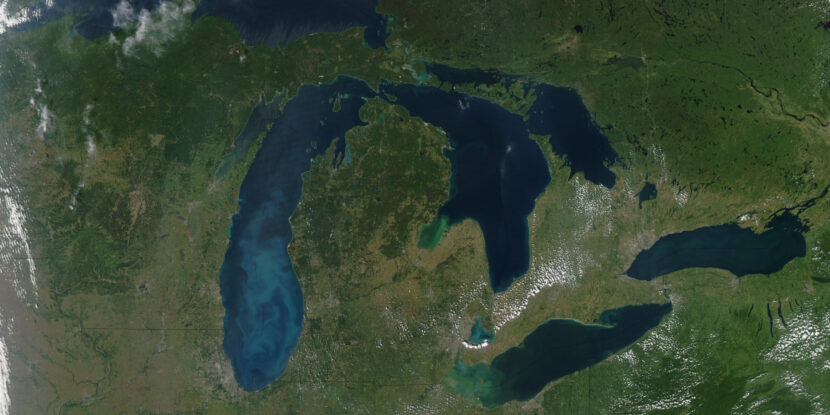❓WHAT HAPPENED: The National Weather Service (NWS) issued beach hazards statements for the Great Lakes region, warning of life-threatening waves and currents through Wednesday evening.
👤WHO WAS INVOLVED: The National Weather Service, local authorities, and residents and visitors in affected areas.
📍WHEN & WHERE: Warnings are in effect through Wednesday evening for areas around Lake Superior, Lake Huron, Lake Erie, and Lake Ontario, spanning multiple states including Ohio, Pennsylvania, Michigan, Minnesota, Wisconsin, and New York.
💬KEY QUOTE: “Swimmers should not enter the water. Currents can carry swimmers away from shore through a sand bar and along structures extending out into the lake.” – NWS Cleveland
🎯IMPACT: Millions of residents and visitors are advised to avoid swimming and lakefront activities due to hazardous conditions, with warnings expected to be re-evaluated regularly.
Millions of residents and tourists along the Great Lakes are being warned to stay out of the water this week due to dangerous conditions. According to the National Weather Service (NWS), which issued beach hazards statements across the Great Lakes region, beachgoers face life-threatening waves and strong currents.
This marks the final beach hazards statement of the season, according to NWS meteorologist Jim Sullivan, who noted, “The beaches usually close in October and the lake isn’t as warm.”
The Great Lakes, a popular summer destination, draw millions annually. Persistent high winds and wave action have created hazardous swimming conditions, posing risks even to experienced swimmers. Recent years have seen numerous drownings in the region, underscoring the importance of adhering to official warnings. Affected areas include lakeshore regions in Ohio, Pennsylvania, Michigan, Minnesota, Wisconsin, and New York, covering Lake Superior, Lake Huron, Lake Erie, and Lake Ontario.
According to NWS statements, waves may reach up to six feet, with strong rip and longshore currents increasing the risk of swimmers being pulled away from shore or swept off piers. An NWS Cleveland statement cautioned: “Wind and wave action will cause currents on the lakeshore. Swimmers should not enter the water. Currents can carry swimmers away from shore through a sand bar and along structures extending out into the lake.” Similarly, the NWS Buffalo office warned of “strong currents and dangerous swimming conditions.”
Jim Sullivan explained that winds as low as 20 mph can cause Lake Erie waves to reach four feet, which is considered high-risk for swimmers. The NWS has urged residents and tourists to stay out of the water during the hazards period, emphasizing that even skilled swimmers are vulnerable. Local authorities may have also posted signs or closed access to certain beaches.
The NWS advises avoiding swimming, piers, and shoreline structures during this time. Similar conditions are reported along the East Coast and in California. An NWS Duluth statement noted: “High wave action can make swimming difficult on days such as this. Incoming waves in rapid succession can tire even an experienced swimmer quickly.” Officials recommend staying informed through local NWS channels, with advisories to be re-evaluated as conditions evolve.
Image by NOAA Great Lakes Environmental Research Laboratory.
Join Pulse+ to comment below, and receive exclusive e-mail analyses.



















